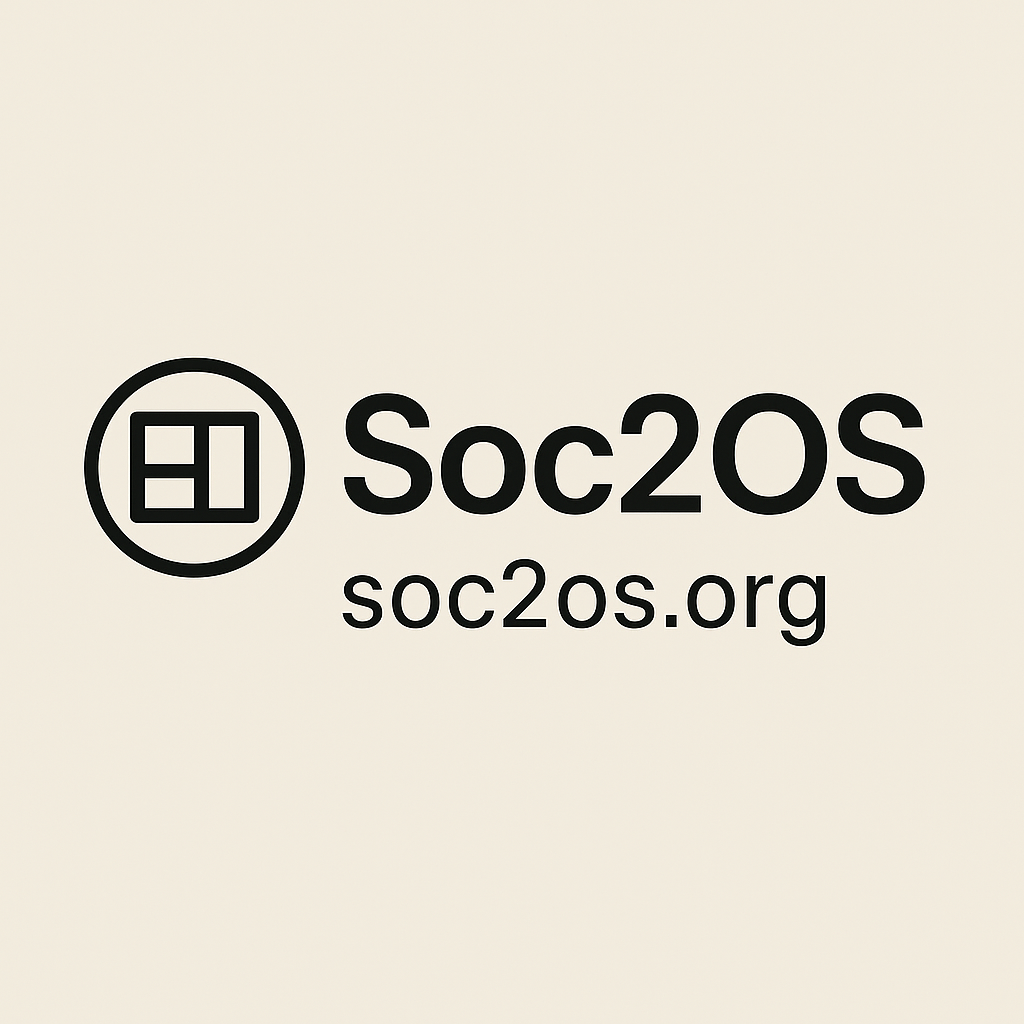
Where to start?
⚙️Redesigning society’s operating system sounds daunting but when we break it down to smaller components it becomes manageable.
He realized quickly that panic was his greatest enemy. The sun was sinking, the shadows stretching long, and every instinct screamed to run blindly through the trees. Instead, he forced himself to stop. Think.
A hiker lost in the wilderness has three priorities: shelter, water, food — in that order.
- Shelter – you can survive 2 hours without shelter (depending on conditions)
- Water – you can survive 2 days without water
- Food – you can survive 2 weeks without food
Without shelter, the cold night could kill him before thirst or hunger ever would. He scanned the terrain, found a cluster of downed branches near a rock outcropping, and began piecing together a crude lean-to. It wasn’t much, but it would block the wind and give him a place to endure the night.
Next came water. Following the slope, he listened for the faint trickle of a stream, and by dusk he found it. He knelt, cupped his hands, and drank cautiously. Food could wait another day; the body can survive weeks without it.
The logic was simple: meet the most essential needs first, in the right order, or risk collapse. Out here, stripped of society’s safety nets, the hierarchy of survival was brutally clear. Shelter. Water. Food. Everything else was secondary.
Just as the lost hiker must prioritize shelter, water, and food in order, society must define and secure its own essentials — the systems without which everything else collapses.
We need some essential systems but that’s not all…
👉 Society 2.0 = survival + dignity + connection.
Not charity. Not utopia. Just systems designed to help everyone flourish.
A Disconnected world in the age of Social Media
When social media first appeared, it was sold as a bridge: a way to connect with friends across distances, discover communities of shared interest, and strengthen the bonds of belonging. The promise was intoxicating — never before could people maintain relationships with such ease, across time zones and continents. The idea was that technology would expand our social circles and bring the world closer together.
But the reality has turned out much darker. Instead of weaving us into tighter communities, social media has fractured attention and hollowed out human interaction. Feeds optimized for engagement reward outrage, envy, and performative identity, not genuine connection. Likes and shares became the currency of validation, replacing slow, messy, real-world intimacy with the dopamine hit of digital approval.
The impact on young people is especially acute. Rates of loneliness, depression, and anxiety are climbing even as teens and young adults spend more hours “connected” online than any generation before them. Many report that they feel less comfortable with face-to-face interaction, struggle to build lasting friendships, and often experience more isolation despite the illusion of constant social contact. They are growing up in a paradox: surrounded by millions of voices yet starved for true companionship.
Social Media? More like Anti-social media. A technology meant to connect has left us lonelier, angrier, and more divided.
This erosion of real socialization is not a side effect — it’s a core societal problem. Humans are wired for community, for trust and reciprocity built through shared experiences. When those bonds weaken, everything else begins to unravel: mental health, civic engagement, resilience, even democracy itself. Society 2.0 must begin from this recognition — that rebuilding authentic connectedness is as essential as food, water, or shelter.
Society Core Principles
- Dignity Floor → Everyone guaranteed food, shelter, healthcare, and education
- Sustainability Baseline → Nature has rights; polluters pay
- Health as Public Good → Physical + mental health for all
- Education & Contribution → Lifelong learning; contribution = connected
- Governance by All → Transparent, direct democracy; local empowerment
- Economy with Accountability → tie profit to positive impact
Together, these systems form the kernel of Society 2.0 — survival, dignity, and connection – a new operating system built for human flourishing. Each of these will be explored in future articles (links will be added as they are published).
Essential Systems
🍽 Food → Universal Restaurant Meal Access Program (URMAP): anyone can walk into a participating restaurant and get a free nutritious meal—no stigma, no paperwork.
🏡 Housing → Micro-villages, mall & garage conversions, intergenerational living.
❤️ Healthcare → AI-first triage, NPs handle routine care, doctors focus on complex cases—reduces cost, better outcomes.
📚 Education → Reinvented community colleges as lifelong hubs, Bright Mind accelerated learning.
💼 Work & Purpose → ShiftLogic: flexible scheduling, portable benefits, volunteering as civic contribution.
⚖️ Justice → Rehabilitation villages replace prisons; “one act, one charge” accountability. Police + Social Worker
🏛 Governance → Prototype villages test governance models with AI-assisted arbitration.
So where do we begin? Just as the hiker must secure food, water, and shelter, society must start with its most basic essentials. Let’s try hunger. We can solve it today — and we don’t need to build anything new to do it.
Previous: Introducing Society 2.0
Next: Universal Restaurant Meal Access Program (URMAP/UGMAP)

Leave a Reply